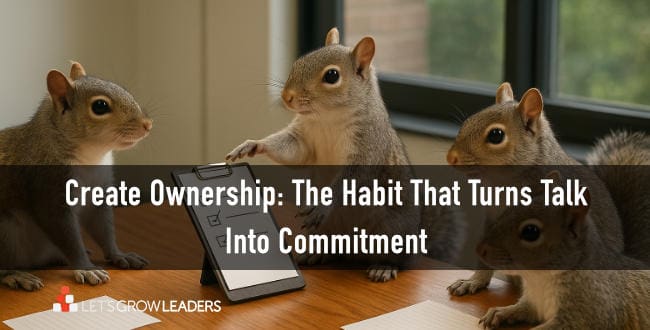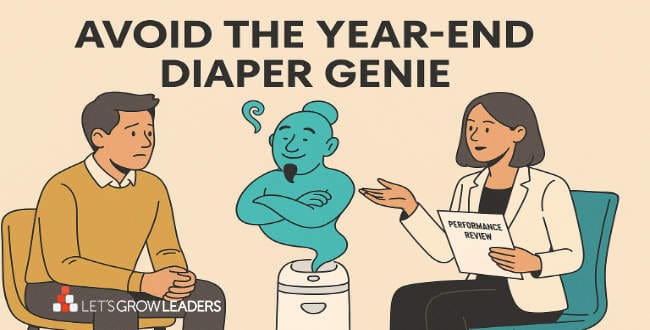To build a great corporate culture, don’t ignore the conflict between values
When it comes to building a great corporate culture, one of the most common frustrations we hear from senior leaders and executives is that “We involved everyone. We worked together to define our values. And we talk about them regularly. People seem to appreciate the messaging. And we saw changes at the start, but now it feels like we’ve stagnated. It’s like people tried and then stopped.”
Can you feel their pain? You did a fantastic job thinking about your culture and engaged the entire organization to define the values. Now, almost everyone can recite the values and define them. But the culture hasn’t changed.
What’s going on?
The Invisible Barrier to Great Corporate Culture
Our favorite definition of culture comes from marketing guru Seth Godin. He says culture is simply “People like us, do things like this.”
When people know and embrace your values, but you don’t see those values being lived out the problem is likely one of two invisible conflicts:
1) Conflict between the values themselves
This first type of conflict is very common. Let’s say two of your values are “Quality” and “Speed.” The conflict between the two is obvious. In the absence of other solutions, spend more time on quality and you get slower. Go faster and you likely make more mistakes.
Let’s look at one more common example of a values clash: “work-life balance” and “we do what it takes.” We’ve worked with many organizations with some version of this conflict. People genuinely want a human-centered workplace. And they feel the pressure to beat their competition and please their customer through a strong work ethic.
If you have five values, that creates the potential for ten different values clashes.
2) Conflict between the stated values and leaders’ practiced values
This second type of values conflict cripples your corporate culture and undermines employee confidence. It’s a classic case of saying one thing but doing another. But this conflict isn’t just pure hypocrisy. Often, there are underlying reasons that leaders don’t fully embrace the new value. For example, a manager’s bonus depends on the number of units shipped, regardless of units returned. So the manager undermines that “Quality” value by focusing on volume and pressuring team members who try to go slower and focus on quality.
What Happens When Values Clash

When you don’t address these values conflicts, they will undermine your corporate culture. People feel like they can’t win.
If I do this, I get dinged over here, but if I do that, then I’m in trouble on this one.
These no-win scenarios frustrate people and sap their motivation. Soon, people revert to doing the best they can to make it through. And your credibility suffers as the shiny values are now just words on a wall.
How to Overcome the Values Clash and Build Great Corporate Culture
The solution to both invisible cultural barriers is straightforward: talk about them. When you launch any kind of change, whether new values or a new information system, expect challenges. Call them out. Let everyone know you want to know about them.
Drawing attention to the inevitable conflicts prepares people for them. That employee caught between two values can say, “Oh, this is what they were talking about. Let’s see, what should I do next?” instead of throwing up their hands and walking away in frustration.
Let’s look at the specifics for each kind of values conflict.
1) How to address the clash between values
Acknowledge the Conflicts
Don’t let these values conflicts hide in the corner. Shine a light on them and have conversations about what they mean and what to do when they happen. Keep this conversation going as you move through the values rollout. You can use the next two steps to continue the conversation.
Define Success
If culture is “people like us, do things like this,” then “what do people like us do when there is a conflict between quality and speed?”
Have these discussions together. Rarely will you find a perfect solution to every values conflict. Working together to talk about the interplay will help everyone understand how to incorporate “quality” and “speed” in their daily work. The discussions about what it means to have a work-life balance and a strong work ethic will reveal new ways of doing your work.
Often, these “how can we” conversations that combine two seemingly opposing values lead to innovations and business process improvements. And you’d never get the innovations without having a discussion about the conflicts.
Tell Stories
One of our favorite ways to help clients roll out their culture change and values initiatives is facilitating senior leader stories about times they faced this values clash – and what they did. These stories bring the conflict alive and help employees picture what it looks like to navigate the values.
These stories also help everyone see that there is no perfect implementation of culture or values. Sometimes you have to make hard choices. Don’t shy away from that truth. Senior leader stories help everyone see what it means to make those choices in their work.
Celebrate Optimal Outcomes
As part of your 5 x 5 Communication Plan, you will probably already have scheduled celebrations of people living out the values. In addition, look for ways to celebrate people who faced a values clash and found an inspiring way through it. Tell their stories and reinforce what success looks like.
2) How to address the clash between the stated values and leaders’ practiced values
Acknowledge the Conflict
Once again, don’t shy away from the fact that these conflicts will happen. You will almost always have people make self-interested decisions that make perfect sense for them, but clash with your values.
The answer is not just to tell everyone “Don’t do that.” People will continue do what makes sense to them. Rather, in calling attention to these potential conflicts, you’re inviting everyone to look for them. “We’re not going to be surprised when they happen – instead, we’re going to look for areas where our structure does align with our values – and fix it.”
Make It Safe to Find Solutions
Recently we were working with a client (Sue) who has a significant need to improve processes and eliminate employee errors that will save the business millions of dollars every year and improve their standing in the industry. But as she tried to identify the improvement opportunities, she couldn’t.
The employees would make a mistake and their immediate manager, feeling performance pressure in a fast-paced business, would berate them for the mistake with the goal of preventing it from happening again.
In that environment, where mistakes were punished, rather than looked at as opportunities, Sue couldn’t have meaningful conversations about how to improve the systems that created the potential for mistakes in the first place.
In the same way, when you first roll out new values or a major corporate culture change, you can make it safe to talk about resistance. Ask your managers about the conflicts they see. If you listen carefully and with appreciation, you’ll learn where your systems and infrastructure undermine your values.
Practice Accountability with Celebration
As you listen and make needed structural changes, it’s time for accountability. There might be a manager or leader who just disagrees with the values or doesn’t want to live by them. That’s okay – it’s better to know and help them find an organization that’s better suited to their values.
You get more of what you celebrate and encourage, so at the same time, be sure to celebrate leaders and managers who bring those conflicts to light, help to solve them, and incorporate the values in their work.
Fixing your systems, helping misaligned leaders to go, and celebrating leaders who address values clashes reinforce your commitment to culture. These visible examples send the message that you really mean it. This isn’t just talk.
Your Turn
When you’re willing to do the work and address values conflicts, people will come with you. We’ve worked with organizations to masterfully navigate these conflicts and the results are inspiring. The annual values awards have more meaning and genuinely reinforce the corporate culture.
We’d love to hear from you: what’s one way you help your team navigate clashes between values?








0 Comments